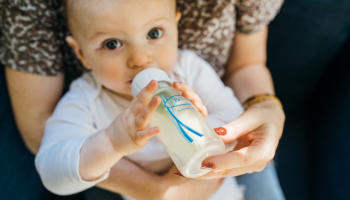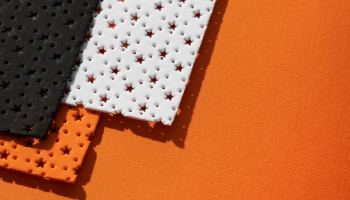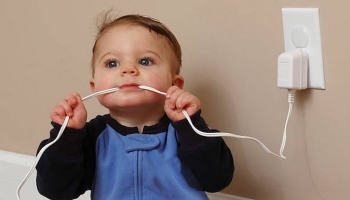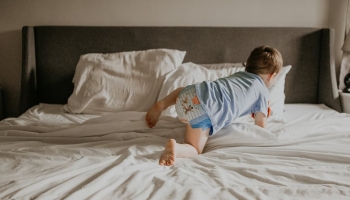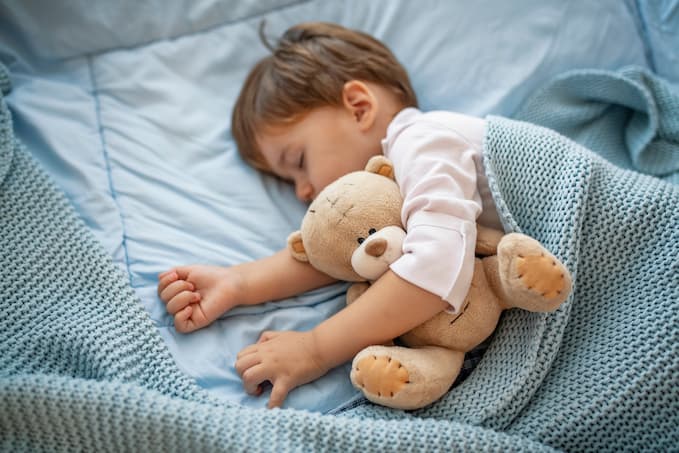
When it comes to preparing for a new baby, one of the most important items on the list is a crib sheet. Not only do crib sheets provide a comfortable and safe sleeping environment for your little one, but they also help to protect the mattress from messes and leaks. However, many new parents may wonder, “how many crib sheets do I need?”.
Understanding the importance of crib sheets is crucial in determining how many you will need. Babies can use several sheets daily, especially during the early months when spit-up and diaper leaks are common. Having enough crib sheets on hand is essential to ensure that your baby always has a clean and safe sleeping environment.
When considering how many crib sheets to purchase, it’s crucial to consider the size and fit of your crib mattress. A well-fitted sheet will not only provide a comfortable sleeping surface for your baby but also reduce the risk of suffocation or entanglement. Also, choosing safe and comfortable bedding is important for your baby’s health and well-being.
Understanding Crib Sheets
Baby crib sheets are essential for any parent with a newborn baby. They are used to cover the mattress of the baby’s crib and provide a soft, comfortable surface for the baby to sleep on. Understanding the types of crib sheets available can help you choose the right one for your baby.
Types of Crib Sheets
Several types of crib sheets are available on the market, each with unique features and benefits. The most common types of crib sheets are standard and fitted crib sheets.
Standard Crib Sheets: These are rectangular sheets that are designed to fit over the mattress of a standard size crib. They are typically made of cotton or a cotton blend and come in various patterns and colors.
Fitted Crib Sheets: These sheets are designed to fit snugly over the mattress of a crib. They have elastic around the edges, which helps to keep them in place. Fitted crib sheets are available in standard and mini sizes.
Mini Crib Sheets: These sheets are designed to fit over the mattress of a mini crib. They are smaller than standard crib sheets and are typically made of the same materials.
Choosing the Right Crib Sheet
When choosing a crib sheet, it is important to consider the size of your crib and your personal preferences for patterns and aesthetics. Standard crib sheets are the most common type of crib sheet and are available in a wide range of patterns and colors. Fitted crib sheets are a good choice if you want a sheet that stays in place and won’t bunch up or come loose.
In terms of aesthetics, many different patterns and colors are available, so you can choose a crib sheet that matches your nursery decor. Some parents prefer plain white or neutral colored sheets, while others prefer bright colors or bold patterns.
How Many Crib Sheets Do You Need?
It is recommended that you have at least 2-3 fresh sheets on hand at all times. This allows you to change the sheet when it becomes soiled or wet without waiting for it to be washed and dried. If your baby tends to spit up or have diaper leaks, you may want to have more crib sheets on hand.
In conclusion, understanding the different types of crib sheets available and choosing the right one for your baby can help ensure that your baby has a comfortable and safe sleeping environment. Having multiple fresh sheets on hand can also make life easier for parents, especially during those early weeks and months when babies frequently make messes.
Importance of Crib Sheets
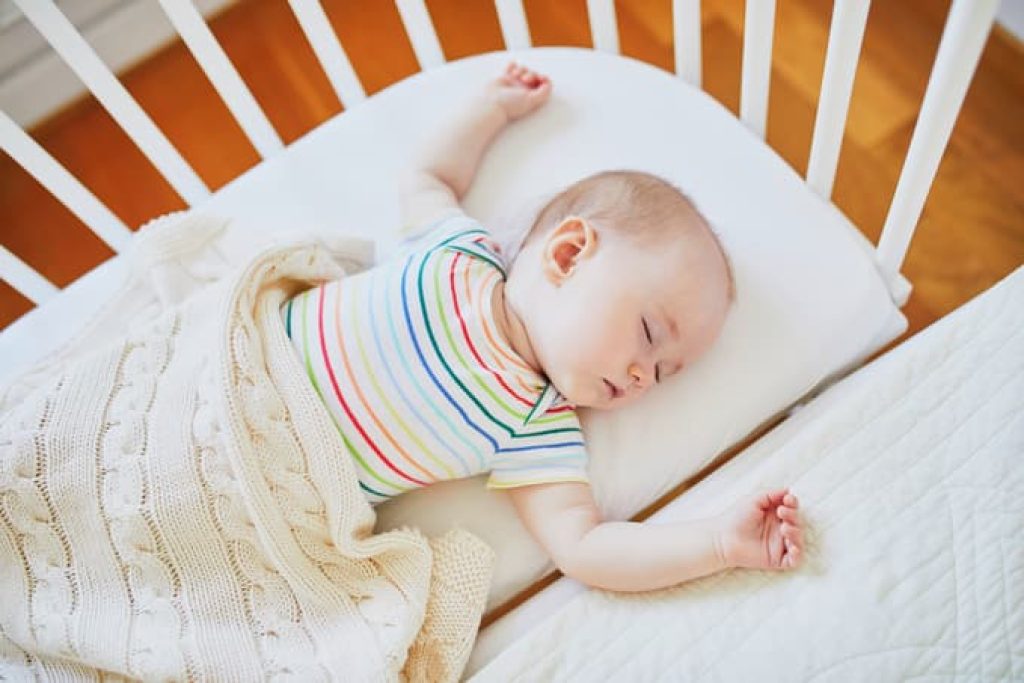
Crib sheets are an essential component of a baby’s sleeping environment. They provide comfort and protection to the baby while sleeping and help maintain a safe sleeping environment. This section will discuss the importance of crib sheets and why they are necessary for newborns and babies.
Newborns and babies have sensitive skin, and providing them with a comfortable and safe sleeping environment is crucial. Crib sheets made from hypoallergenic materials are an excellent choice for babies with sensitive skin. These materials are designed to prevent allergic reactions and rashes caused by allergens and dust mites.
Breathable materials are also essential when it comes to crib sheets. Babies can overheat quickly, and breathable fabrics help regulate their body temperature and prevent overheating. This is especially important to reduce the risk of SIDS (Sudden Infant Death Syndrome).
Crib sheets also protect the mattress from allergens, dust mites, and other harmful substances that can cause allergic reactions and other health problems. Washing the baby’s sheets regularly is important to keep them clean and free from allergens and dust mites.
In conclusion, crib sheets are essential to a baby’s sleeping environment. They provide comfort, protection and help maintain a safe and healthy sleeping environment. It is vital to choose crib sheets made from hypoallergenic and breathable materials and wash them regularly to keep them clean and free from allergens and dust mites.
Types of Crib Sheets
When it comes to buying crib sheets, there are a variety of materials to choose from. Each type of material has its own unique benefits and drawbacks. Here are some of the most common types of crib sheets:
Cotton and Organic Cotton
Cotton is popular for crib sheets because it is soft, breathable, and durable. Organic cotton is even better because it is grown without the use of harmful chemicals. Both types of cotton crib sheets are easy to care for and come in various colors and patterns.
Bamboo and Muslin
Bamboo and muslin crib sheets are becoming more popular because they are lightweight, breathable, and hypoallergenic. Bamboo is also eco-friendly because it grows quickly and doesn’t require the use of pesticides. Muslin is a cotton-based material that is lightweight and breathable, making it a good choice for warmer climates.
Fleece
Fleece crib sheets are a good choice for colder climates because they are warm and cozy. They are also soft and durable, making them a good choice for babies who like to snuggle. However, fleece is less breathable than other materials, so there may be better choices for warmer climates.
When choosing a crib sheet, it’s important to consider your baby’s needs and the climate you live in. All of these materials are safe for babies and can provide a comfortable sleeping environment.
How Many Crib Sheets Do I Need
New parents often wonder how many crib sheets they need for their baby. The answer depends on various factors such as the frequency of change, laundry habits, and expert recommendations.
It is recommended to have at least 2-3 spare sheets in case of accidents or spills. This allows for quick and easy changes without having to do laundry constantly. Some parents prefer to have even more spare sheets, especially if their baby has reflux or tends to spit up frequently.
Experts suggest changing crib sheets once a week or more often if there are any spills or accidents. This means that having a minimum of 2-3 crib sheets is necessary to ensure that there is always a clean sheet available for the baby.
When it comes to washing crib sheets, it is important to use a gentle detergent and avoid fabric softeners or dryer sheets that can irritate the baby’s skin. Washing crib sheets separately from other laundry items is also recommended to avoid contamination.
In summary, it is recommended to have at least 2-3 spare crib sheets on hand and to change crib sheets once a week or more often if necessary. Proper washing and laundry habits can also help ensure a clean and comfortable sleeping environment for the baby.
Considering the Size and Fit
When it comes to buying crib sheets, one of the most important things to consider is the size and fit. A properly fitting crib sheet ensures the baby is safe and comfortable sleeping. Here are a few things to keep in mind when considering the size and fit of crib sheets:
Crib Mattress Dimensions
The first thing to consider is the size of the crib mattress. Crib mattresses come in standard sizes, but double-checking the dimensions is always a good idea before purchasing sheets. A standard crib mattress is 28 inches by 52 inches, but there may be some variation in size between different brands or models.
Snugly Fit
It’s important for crib sheets to fit snugly on the mattress, with no gaps or bunching up. Loose or ill-fitting sheets can be a suffocation hazard for babies. When shopping for baby’s sheets, look for ones that are labeled as “snug fit” or “fitted” to ensure a proper fit.
Mini Cribs and Bassinets
If you have a mini crib or bassinet, you’ll need to purchase sheets that are specifically designed for those sizes. Mini cribs and bassinets have smaller dimensions than standard cribs, so standard sheets will not fit properly.
Crib Mattress Thickness
Another thing to consider is the thickness of the crib mattress. Some crib mattresses are thicker than others, which can affect the sheets’ fit. If you have a thicker mattress, look for sheets that are labeled as “deep pocket” or “extra deep” to ensure a proper fit.
In summary, when purchasing crib sheets, it’s important to consider the size and fit to ensure the baby is safe and comfortable while sleeping. Always double-check the dimensions of the crib mattress and look for sheets that fit snugly with no gaps or bunching up. If you have a mini crib or bassinet, make sure to purchase sheets that are specifically designed for those sizes.
Dealing with Messes and Leaks
When it comes to babies, messes and leaks are inevitable. Whether it’s sweat, drool, spit-up, or diaper leaks and blowouts, dealing with these messes can be challenging. However, with the proper preparation and tools, it can be manageable.
One of the most important things is a waterproof layer between the baby and the crib mattress. A mattress protector or crib mattress cover can provide that extra layer of protection. It’s also a good idea to have extra mattress pads on hand so that bedding changes can be made quickly and efficiently.
When it comes to dealing with stains, it’s best to act quickly. Formula and other messy substances can leave lasting marks if not cleaned properly. Look for machine washable bedding options that can be easily cleaned.
In addition to protecting the mattress, it’s also important to have bedding that can withstand leaks and messes. Look for waterproof or water-resistant options, such as crib sheets with a waterproof layer or breathable crib sheets.
Overall, dealing with messes and leaks can be stressful, but it can be manageable with the proper preparation and tools. A waterproof layer, extra bedding, and machine washable options can make all the difference.
Choosing Safe and Comfortable Bedding
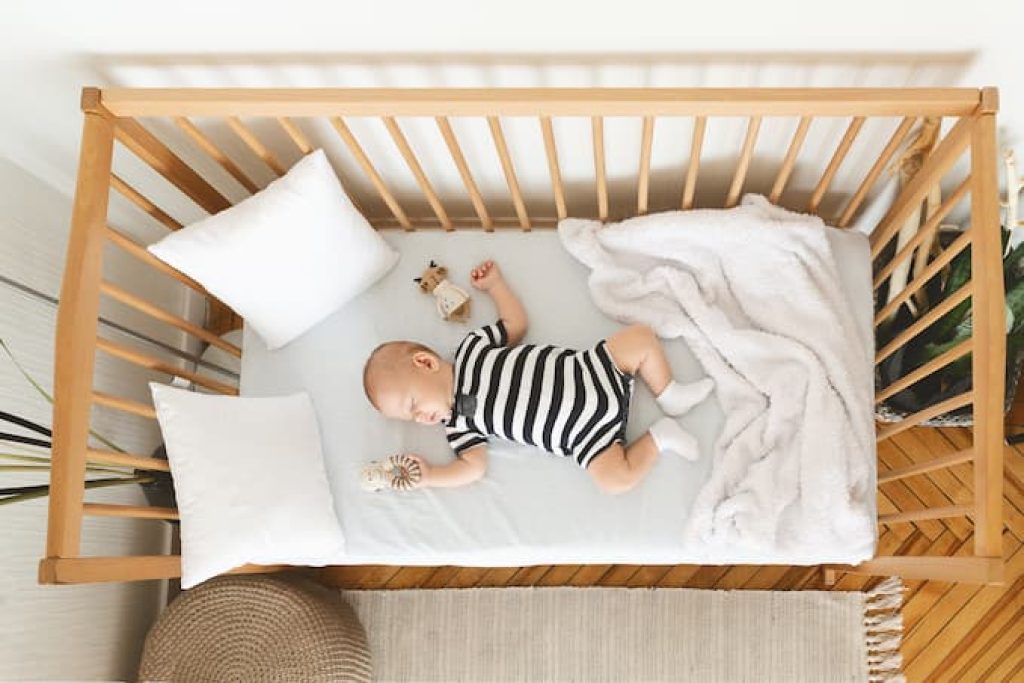
Safety and comfort are the top priorities when choosing bedding for your baby’s crib. Here are some factors to consider when selecting bedding for your little one:
Fitted Sheets
Fitted sheets are a must-have for any crib. It is recommended to always have at least 2-3 fitted sheets on hand. This will allow you to change the sheets quickly and efficiently when accidents happen. Look for sheets made of soft, breathable materials, such as cotton or bamboo, to keep your baby comfortable.
Blankets
While blankets are a popular choice for keeping babies warm, they can be a suffocation hazard if not used properly. It is recommended to avoid using blankets in the crib until your baby is at least one year old. Instead, consider using a wearable blanket or sleep sack to keep your baby warm and cozy.
Bumper Pads
Bumper pads were once popular for protecting babies from bumping their heads on the crib rails. However, they have since been deemed a safety hazard by the American Academy of Pediatrics. It is recommended to avoid using bumper pads in the crib as they can pose a suffocation risk.
Pillows
Pillows are not recommended for use in the crib until your baby is at least one year old. This is because they can pose a suffocation risk. If you choose to use a pillow, ensure it is firm and flat to reduce the risk of suffocation.
Bedding
When it comes to bedding, choosing soft and comfortable materials for your baby is essential. Look for bedding made of breathable fabrics like cotton or bamboo to help regulate your baby’s body temperature. Avoid bedding that is too fluffy or thick, as this can increase the risk of suffocation.
Choosing safe and comfortable bedding for your baby’s crib is essential for a good night’s sleep. Following these guidelines can provide your baby with a safe and comfortable sleeping environment.
Purchasing Tips for Crib Sheets
When purchasing crib sheets, there are a few things to remember to ensure that you provide a safe sleeping environment for your baby. Here are some tips to consider:
- Buy at least 2-3 sheets: It’s always a good idea to have a few extra crib sheets on hand in case of accidents or spills. This way, you can easily swap out the soiled sheet without doing laundry in the middle of the night.
- Look for recommendations: Ask friends and family members for suggestions on brands and types of crib sheets they have used and trust. You can also read online reviews to get an idea of what other parents have found to be the best options.
- Check the fit: Ensure the crib sheet fits snugly on the mattress to prevent bunching or slipping. Look for sheets with elastic all the way around to ensure a secure fit.
- Avoid using antiviral or antibacterial sheets: While it may seem like a good idea to use sheets claiming to kill germs or viruses, these products can be harmful to your baby. Stick to regular crib sheets and wash them frequently to keep germs at bay.
- Consider swaddle sheets: If you plan on swaddling your baby, look for crib sheets that are designed for swaddling. These sheets have a built-in swaddle that can help keep your baby snug and secure.
- Wash sheets frequently: To keep your baby healthy and safe, it’s crucial to wash crib sheets frequently. This is especially important if your baby is sick or has a weakened immune system.
By following these tips, you can feel confident that you are purchasing crib sheets that will provide a safe and comfortable sleeping environment for your baby.
Frequently Asked Questions
How often should I change my baby’s crib sheets?
Parents should aim to change their baby’s crib sheets at least once a week. However, if the baby has an accident or gets sick, it’s important to change the sheets immediately. It’s also a good idea to have extra sheets on hand in case of emergencies.
What is the standard size for a fitted crib sheet?
The standard size for a fitted crib sheet is 28 inches by 52 inches. Measuring your crib mattress before purchasing sheets is important to ensure a proper fit. Using too small or too large sheets can be a safety hazard for your baby.
How many crib blankets should I have for a year?
Having at least 2-3 crib blankets for a year is recommended. This allows for regular washing and replacement as needed. It’s essential to choose blankets that are lightweight and breathable to avoid overheating. Additionally, it’s important to never leave loose blankets in the crib with a sleeping baby, as it can increase the risk of suffocation.



